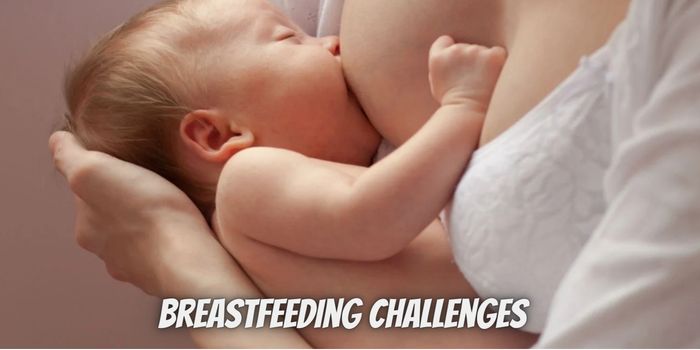Breastfeeding is the most natural way babies can be fed, but it’s not always easy. There are some challenges that new mothers may encounter during the breastfeeding period.
The challenges can be emotional, social, or physical, affecting the baby and the mother. However, many women overcome these challenges with resources and support.
Here are the breastfeeding challenges and tips for dealing with them:
Low Milk Supply
Most breastfeeding mothers worry about the low milk supply. As a mother, this may be a cause of concern, especially as you want to ensure your child gets enough milk. But during the first breastfeeding, frequently stimulating your breasts to establish a sufficient milk supply is essential.
Though low milk supply for new mothers is rare, here are factors that may cause this problem;
- Not breastfeeding frequently
- Certain medications
- Premature birth
- Ineffective latch—a poor latch may result in the baby not getting enough milk out of the breast efficiently.
Here are ways to deal with the low milk supply:
- Make sure to breastfeed often. That can be at least after every two or three hours.
- It is also essential to take great care of yourself. Ensure you eat well and get enough rest. According to Serenity Kids, taking great care of yourself during breastfeeding keeps your energy levels up and helps you stay active and bond with your child better.
- Consult your healthcare provider about some medication you may be taking. For instance, some hormonal contraception may reduce the milk supply.
If the low milk supply continues, talk to a lactation consultant to help you deal with the issue.
Sore Nipples
At the beginning of breastfeeding, nipples may be very tender and sensitive as you adjust. But breastfeeding doesn’t need to be painful. It should be comfortable as you get used to it. But in case you experience sore nipples, consider the following tips to help deal with the issue:
- Ensure that the baby latches properly. The best way to ensure the baby latches appropriately is to ensure that the nipple and the areola are wholly sucked into the mouth of the baby. When there is an incomplete latch, you will feel a pinch, and you can end up having cracked nipples, which can be very painful.
- Consider changing positions whenever breastfeeding so that it can put pressure on varying parts of the breast.
- As a breastfeeding mother, you should not wear clothes and bras that are very tight as they put a lot of pressure on the nipples.
But if you consider all these tips but the pain persists, it is important to consider consulting a lactation consultant or any health care practitioner.
Breast Engorgement
It’s usual for breastfeeding mothers to have full, heavy, and tender breasts after birth. The fullness of the breasts might disappear later as the body adjusts to the baby’s needs.
However, some fullness might persist. Breast engorgement may lead to a plugged duct or, in some instances, a breast infection. Therefore, taking the initiative to prevent this condition before it leads to more significant problems is essential.
Here are ways that you can deal with breast engorgement:
- Consider applying a heat compress to the breasts.
- Massage the breasts before and during feeding the baby.
- Applying ice after every feeding for up to 20 minutes reduces inflammation and discomfort.
- Consider utilizing hand expression, a technique using hands instead of the breast pump to help the milk out of the breast.
But if the swelling and pain persist, you should visit a doctor before it leads to more significant problems that can endanger your health and the baby.
Infections
As a breastfeeding mother, you might experience bacterial infections and fungal infections. Thrush and mastitis are the most common fungal and bacterial infections affecting breastfeeding mothers.
Here are some of the infections that might affect breastfeeding mothers:
Thrush
Fungal infections like thrush are a common problem among breastfeeding women. This condition is a yeast infection that makes the nipples sore and makes the breast achy. When you have concerns about thrush as a breastfeeding mother, it’s vital to see a health provider so that you and the baby can be appropriately diagnosed and treated. Additionally, you should ensure you have the right nursing bras to allow air circulation and help prevent fungal infections.
Mastitis
Mastitis is a breast infection that causes pain, hardness, and redness. It mainly occurs because the milk duct gets clogged, and the trapped milk becomes infected.
It’s essential to consult a healthcare provider and get oral antibiotics to get treatment for mastitis. But you might be advised to continue breastfeeding since it might help clear the infection and remove the clogged duct.
Conclusion
Breastfeeding is a natural way to feed and bond with your baby. But it comes with different challenges. However, women have different breastfeeding experiences. You might encounter some or none of these issues. But it’s vital to be well informed about these breastfeeding challenges so that they can be easier to deal with in case you encounter them.
Related posts:
Buying Breast Milk? 5 Things You Need To Know About Donor Breast Milk
